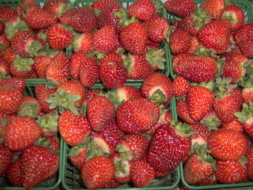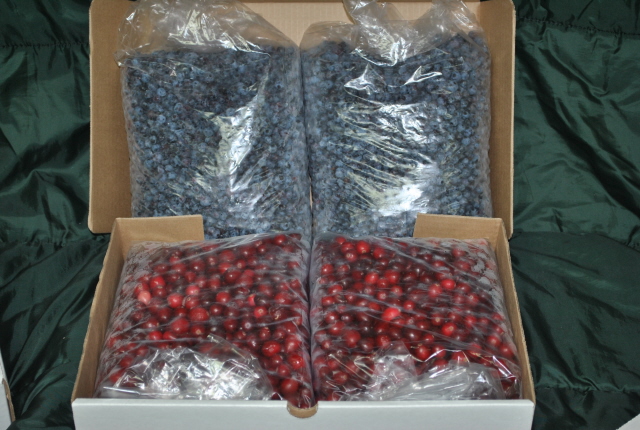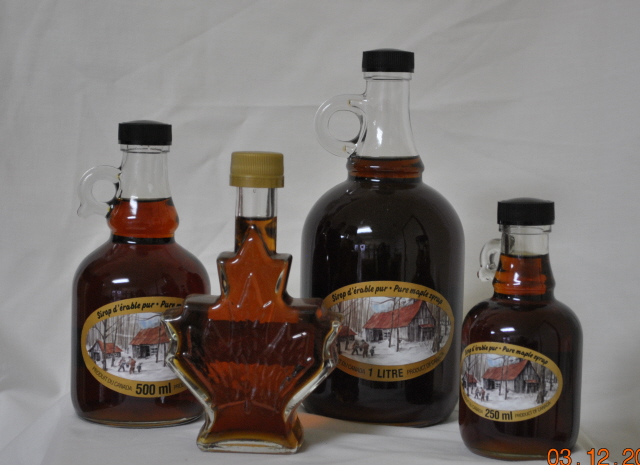|
|


Cranberries are a unique fruit. They can only grow and survive
under a very special combination of factors: they require an acid peat
soil, an adequate fresh water supply, sand and a growing season that
stretches from April to November.
There are probably as many varieties of cranberries as there are
varieties of apples, but the differences between cranberry varieties
are subtle. Cranberry varieties differ by size, color and keeping
quality of berry, average yields, time of ripening, hardiness and
suitability of the vine to certain climates.
Once a suitable marsh has been chosen, a ditch is dug around the
perimeter to lower the water level. Trees are cut, and the surface
vegetation is pushed into rows. These rows are shaped into the dikes
that surround each cranberry bed. Dikes make it possible to flood each
bed individually and also provide vehicle access. Ditches are then dug
around the perimeter of each bed as well as down the center. A system
of reservoirs, dams and flow gates is required to manage water. Once
the beds are level, a thick layer of sand may be spread out on the
surface. After the irrigation system is installed, the bed is ready for
planting.
Planting is done in the spring. A suitable variety is selected and an
existing bed with that variety is pruned. It will be two years before
the pruned bed will produce a crop again. The cuttings are then taken,
chopped into smaller segments, and spread out evenly on a bed that has
been prepared for planting. They are then pressed down into the soil
and watered regularly. They immediately send out roots, but it will be
five years before they will produce a full crop. If well cared for,
cranberry vines can continue to produce indefinitely. There are
cranberry marshes that have been producing crops for more than 100
years!
If It's
Not From The Forest, It's Not
Wild!
Mike Poulin,
|






|